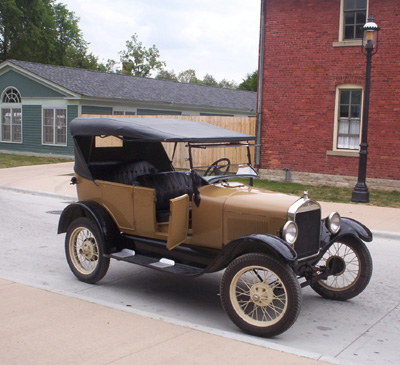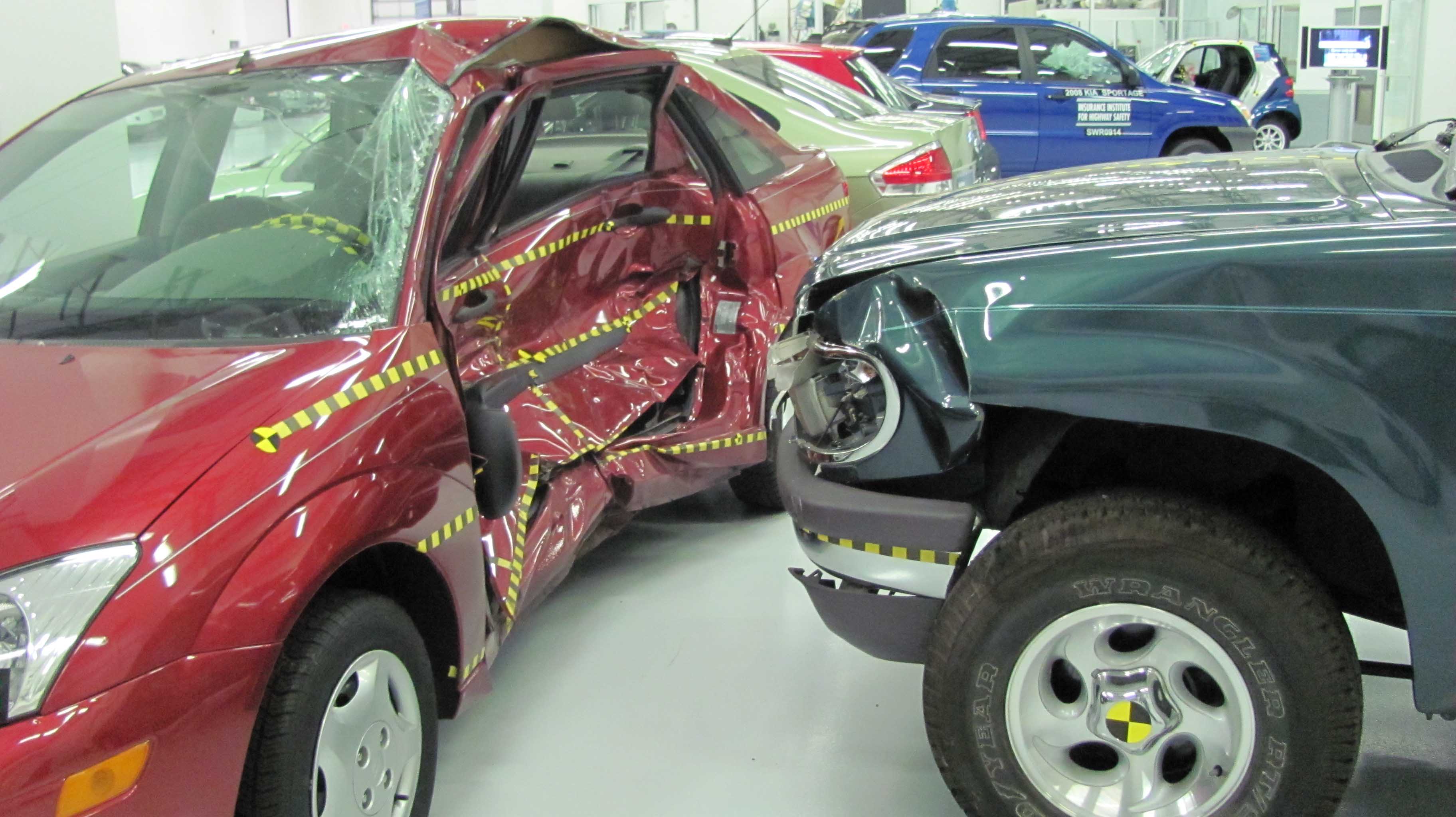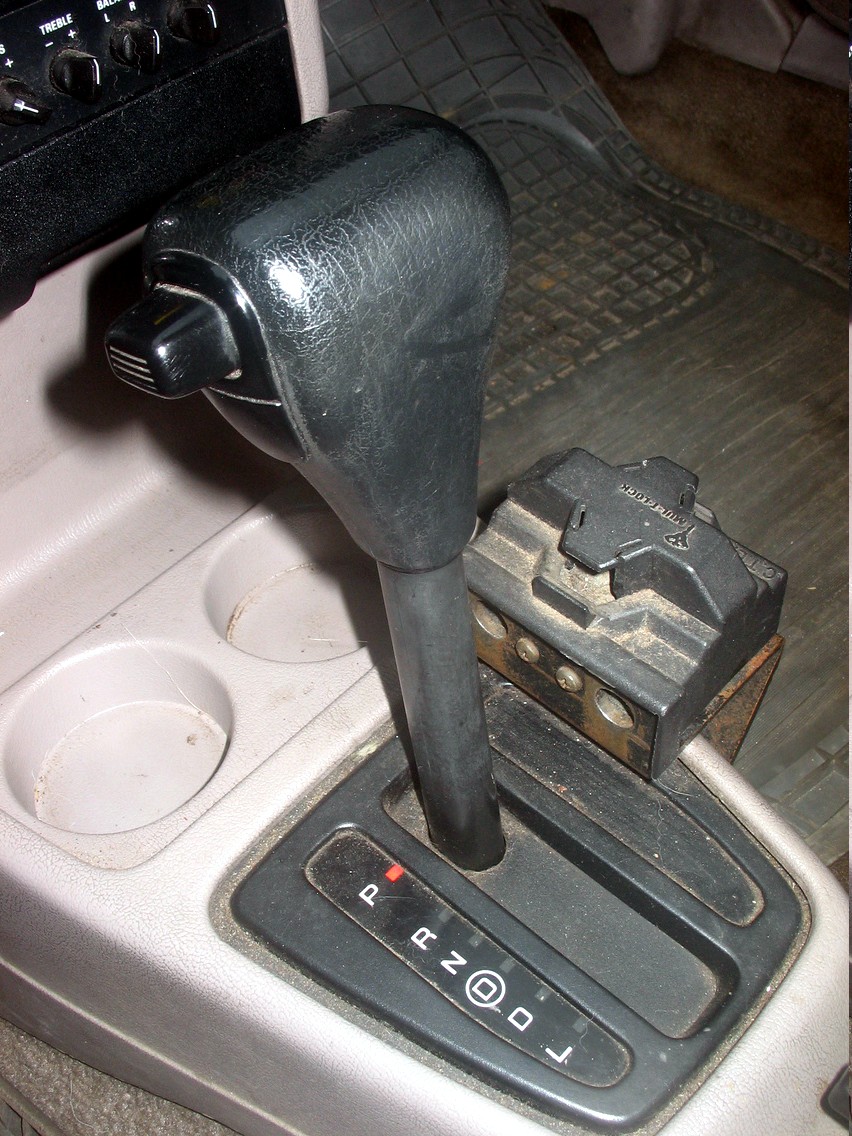|
Hyundai HB20
The Hyundai HB20 is a subcompact car produced by South Korean manufacturer Hyundai Motor Company since 2012 in Brazil. It is the first and only Hyundai model strategically developed and produced exclusively for the Brazilian market. Offered with a range of flex-fuel engines, it was not exported to other Latin American countries until 2016, when it began to be sold in Paraguay and Uruguay, and eventually in Mexico in 2022. "HB" stands for "Hyundai Brasil", while the number "20" is the company’s characterization for vehicles in this segment in line with the similarly sized Hyundai i20. __TOC__ First generation (HB; 2012) It has two engine options, which are 1.0-litre and 1.6 litre. The higher versions do feature a 1.6-litre Hyundai Gamma engine, ''Gamma'' engine with 128 hp. The HB20 is available with both automatic transmission, automatic and manual transmission, manual transmission for both 1.0-litre and 1.6-litre. In 2013, over 75% of the HB20 parts are made in Braz ... [...More Info...] [...Related Items...] OR: [Wikipedia] [Google] [Baidu] |
Hyundai Motor Company
Hyundai Motor Company, often abbreviated to Hyundai Motors ( ) and commonly known as Hyundai (, ; ), is a South Korean multinational automotive manufacturer headquartered in Seoul, South Korea, and founded in 1967. Currently, the company owns 33.88 percent of Kia Corporation, and also fully owns two marques including its luxury cars subsidiary, Genesis Motor, and an electric vehicle sub-brand, Ioniq. Those three brands altogether comprise the Hyundai Motor Group. Hyundai operates the world's largest integrated automobile manufacturing facility in Ulsan, South Korea which has an annual production capacity of 1.6 million units. The company employs about 75,000 people worldwide. Hyundai vehicles are sold in 193 countries through 5,000 dealerships and showrooms. History Chung Ju-Yung (1915–2001) founded the Hyundai Engineering and Construction Company in 1947. Hyundai Motor Company was later established in 1967, and the company's first model, the Cortina, was relea ... [...More Info...] [...Related Items...] OR: [Wikipedia] [Google] [Baidu] |
Flexible-fuel Vehicle
A flexible-fuel vehicle (FFV) or dual-fuel vehicle (colloquially called a flex-fuel vehicle) is an alternative fuel vehicle with an internal combustion engine designed to run on more than one fuel, usually gasoline blended with either ethanol or methanol fuel, and both fuels are stored in the same common tank. Modern flex-fuel engines are capable of burning any proportion of the resulting blend in the combustion chamber as fuel injection and spark timing are adjusted automatically according to the actual blend detected by a fuel composition sensor. Flex-fuel vehicles are distinguished from bi-fuel vehicles, where two fuels are stored in separate tanks and the engine runs on one fuel at a time, for example, compressed natural gas (CNG), liquefied petroleum gas (LPG), or hydrogen. The most common commercially available FFV in the world market is the ethanol flexible-fuel vehicle, with about 60 million automobiles, motorcycles and light duty trucks manufactured and sold wo ... [...More Info...] [...Related Items...] OR: [Wikipedia] [Google] [Baidu] |
Turbocharger
In an internal combustion engine, a turbocharger (often called a turbo) is a forced induction device that is powered by the flow of exhaust gases. It uses this energy to compress the intake gas, forcing more air into the engine in order to produce more power for a given displacement. The current categorisation is that a turbocharger is powered by the kinetic energy of the exhaust gasses, whereas a supercharger is mechanically powered (usually by a belt from the engine's crankshaft). However, up until the mid-20th century, a turbocharger was called a "turbosupercharger" and was considered a type of supercharger. History Prior to the invention of the turbocharger, |
Latin NCAP
The Latin New Car Assessment Programme (Latin NCAP) is an automobile safety assessment programme for Latin America and the Caribbean. Founded in 2010, it offers independent information to consumers about the safety levels of new cars in the market. Latin NCAP tests are based in international renown methodologies, with vehicles awarded with a safety rating between 0 and 5 stars, indicating the protection the cars offer to adult and child occupants. The programme started as a joint initiative and in 2014 it was established as an association under a legal entity framework. Rating Latin NCAP started meeting and 2009 and its first frontal impact results were published in 2010. Ratings were assigned to adult (blue) and child (green) occupants on a scale of zero to five stars based on performance in a Euro NCAP 64 km/h frontal offset deformable barrier impact test. The results showed that many popular compacts showed high risk of life-threatening injury because of structural ... [...More Info...] [...Related Items...] OR: [Wikipedia] [Google] [Baidu] |
Front-wheel Drive
Front-wheel drive (FWD) is a form of engine and transmission layout used in motor vehicles, where the engine drives the front wheels only. Most modern front-wheel drive vehicles feature a transverse engine, rather than the conventional longitudinal engine arrangement generally found in rear-wheel drive and four-wheel drive vehicles. Location of engine and transmission By far the most common layout for a front-wheel drive car is with the engine and transmission at the front of the car, mounted transversely. Other layouts of front-wheel drive that have been occasionally produced are a front-engine mounted longitudinally, a mid-engine layout and a rear-engine layout. History Prior to 1900 Experiments with front-wheel drive cars date to the early days of the automobile. The world's first self-propelled vehicle, Nicolas-Joseph Cugnot's 1769/1770 "fardier à vapeur", was a front-wheel driven three-wheeled steam-tractor. It then took at least a century, for the first e ... [...More Info...] [...Related Items...] OR: [Wikipedia] [Google] [Baidu] |
Mini SUV
A sport utility vehicle (SUV) is a car classification that combines elements of road-going passenger cars with features from off-road vehicles, such as raised ground clearance and four-wheel drive. There is no commonly agreed-upon definition of an SUV and usage of the term varies between countries. Thus, it is "a loose term that traditionally covers a broad range of vehicles with four-wheel drive." Some definitions claim that an SUV must be built on a light truck chassis; however, broader definitions consider any vehicle with off-road design features to be an SUV. A crossover SUV is often defined as an SUV built with a unibody construction (as with passenger cars), however, the designations are increasingly blurred because of the capabilities of the vehicles, the labelling by marketers, and electrification of new models. The predecessors to SUVs date back to military and low-volume models from the late 1930s, and the four-wheel drive station wagons and carryalls that began ... [...More Info...] [...Related Items...] OR: [Wikipedia] [Google] [Baidu] |
Sedan (automobile)
A sedan or saloon (British English) is a automobile, passenger car in a three-box styling, three-box configuration with separate compartments for an engine, passengers, and cargo. The first recorded use of the word "sedan" in reference to an automobile body occurred in 1912. The name derives from the 17th-century Litter (vehicle), litter known as a sedan chair, a one-person enclosed box with windows and carried by porters. Variations of the sedan style include the close-coupled sedan, club sedan, convertible sedan, fastback sedan, hardtop sedan, notchback sedan, and sedanet/sedanette. Definition A sedan () is a car with a closed body (i.e. a fixed metal roof) with the engine, passengers, and cargo in separate compartments. This broad definition does not differentiate sedans from various other car body styles, but in practice, the typical characteristics of sedans are: * a Pillar (car), B-pillar (between the front and rear windows) that supports the roof * two rows of seats ... [...More Info...] [...Related Items...] OR: [Wikipedia] [Google] [Baidu] |
Manual Transmission
A manual transmission (MT), also known as manual gearbox, standard transmission (in Canada, the United Kingdom, and the United States), or stick shift (in the United States), is a multi-speed motor vehicle transmission (mechanics), transmission system, where gear changes require the driver to manually select the gears by operating a gear stick and clutch (which is usually a foot pedal for cars or a hand lever for motorcycles). Early automobiles used ''sliding-mesh'' manual transmissions with up to three forward gear ratios. Since the 1950s, ''constant-mesh'' manual transmissions have become increasingly commonplace and the number of forward ratios has increased to 5-speed and 6-speed manual transmissions for current vehicles. The alternative to a manual transmission is an automatic transmission; common types of automatic transmissions are the Automatic transmission#Hydraulic automatic transmissions, hydraulic automatic transmission (AT), and the continuously variable transmissio ... [...More Info...] [...Related Items...] OR: [Wikipedia] [Google] [Baidu] |
Automatic Transmission
An automatic transmission (sometimes abbreviated to auto or AT) is a multi-speed transmission used in internal combustion engine-based motor vehicles that does not require any input from the driver to change forward gears under normal driving conditions. It typically includes a transmission, axle, and differential in one integrated assembly, thus technically becoming a transaxle. The most common type of automatic transmission is the hydraulic automatic, which uses a planetary gearset, hydraulic controls, and a torque converter. Other types of automatic transmissions include continuously variable transmissions (CVT), automated manual transmissions (AMT), and dual-clutch transmissions (DCT). An electronic automatic transmission (EAT) may also be called an electronically controlled transmission (ECT), or electronic automatic transaxle (EATX). A hydraulic automatic transmission may also colloquially called a " slushbox" or simply a "torque converter", although the latter term c ... [...More Info...] [...Related Items...] OR: [Wikipedia] [Google] [Baidu] |
Automatic Transmission
An automatic transmission (sometimes abbreviated to auto or AT) is a multi-speed transmission used in internal combustion engine-based motor vehicles that does not require any input from the driver to change forward gears under normal driving conditions. It typically includes a transmission, axle, and differential in one integrated assembly, thus technically becoming a transaxle. The most common type of automatic transmission is the hydraulic automatic, which uses a planetary gearset, hydraulic controls, and a torque converter. Other types of automatic transmissions include continuously variable transmissions (CVT), automated manual transmissions (AMT), and dual-clutch transmissions (DCT). An electronic automatic transmission (EAT) may also be called an electronically controlled transmission (ECT), or electronic automatic transaxle (EATX). A hydraulic automatic transmission may also colloquially called a " slushbox" or simply a "torque converter", although the latter term c ... [...More Info...] [...Related Items...] OR: [Wikipedia] [Google] [Baidu] |
Manual Transmission
A manual transmission (MT), also known as manual gearbox, standard transmission (in Canada, the United Kingdom, and the United States), or stick shift (in the United States), is a multi-speed motor vehicle transmission (mechanics), transmission system, where gear changes require the driver to manually select the gears by operating a gear stick and clutch (which is usually a foot pedal for cars or a hand lever for motorcycles). Early automobiles used ''sliding-mesh'' manual transmissions with up to three forward gear ratios. Since the 1950s, ''constant-mesh'' manual transmissions have become increasingly commonplace and the number of forward ratios has increased to 5-speed and 6-speed manual transmissions for current vehicles. The alternative to a manual transmission is an automatic transmission; common types of automatic transmissions are the Automatic transmission#Hydraulic automatic transmissions, hydraulic automatic transmission (AT), and the continuously variable transmissio ... [...More Info...] [...Related Items...] OR: [Wikipedia] [Google] [Baidu] |
.jpg)
.jpg)








